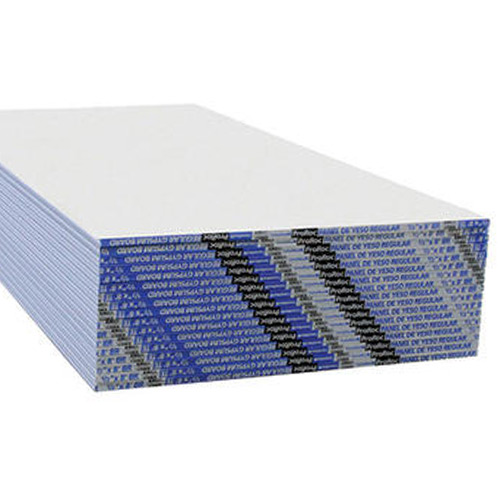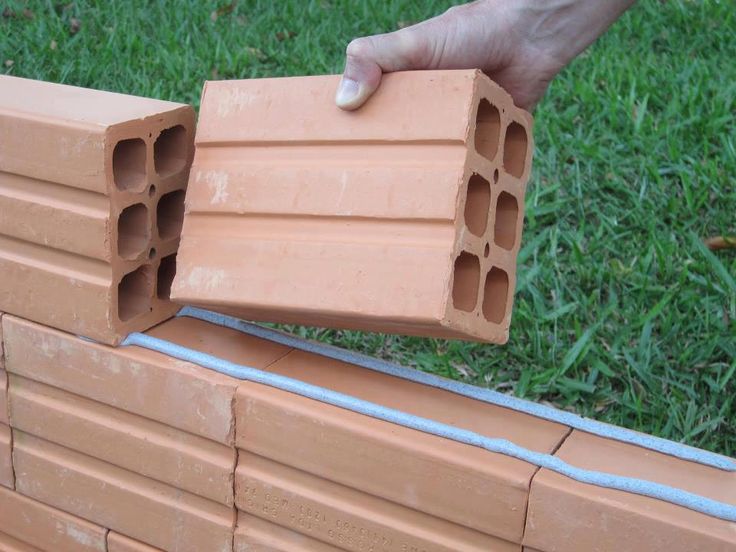Waterproofing the exterior of a building is a critical aspect of construction and maintenance that ensures the longevity and structural integrity of the property. With the increasing frequency of extreme weather events and the rising awareness of environmental sustainability, effective waterproofing solutions have become more essential than ever. This article delves into advanced techniques and materials for waterproofing, offering a multi-layered approach to safeguarding your building from water infiltration.
Understanding the Importance of Waterproofing
Water infiltration can lead to a myriad of issues, including mold growth, structural damage, and deterioration of building materials. The consequences of neglecting waterproofing can be severe, resulting in costly repairs and health hazards. Therefore, understanding the various factors that contribute to water intrusion is the first step in developing an effective waterproofing strategy.
Key Factors Influencing Waterproofing Needs
- Climate and Weather Patterns: The geographical location of a building plays a significant role in determining the waterproofing methods required. Areas prone to heavy rainfall, snow, or high humidity levels necessitate more robust waterproofing solutions.
- Building Materials: Different materials have varying levels of permeability. For instance, concrete is porous and can absorb water, while brick may allow moisture to pass through. Understanding the properties of the materials used in your building is crucial for selecting appropriate waterproofing methods.
- Design and Architecture: The design of a building, including its drainage systems, roof slopes, and overhangs, can significantly impact its waterproofing effectiveness. A well-designed structure can minimize water accumulation and direct runoff away from vulnerable areas.
Advanced Waterproofing Techniques
- Membrane Systems
Membrane systems are one of the most effective waterproofing solutions for building exteriors. These systems involve the application of a waterproof membrane, which can be either liquid-applied or sheet-based.
- Liquid-Applied Membranes: These are versatile and can be applied to irregular surfaces, forming a seamless barrier. They are ideal for complex geometries and can be used on roofs, walls, and foundations.
- Sheet Membranes: Typically made from materials like PVC or TPO, sheet membranes are installed in large sheets and provide excellent protection against water intrusion. They are particularly effective in areas with high water exposure.
- Cementitious Waterproofing
Cementitious waterproofing involves the use of a mixture of cement, sand, and water-resistant additives. This method is particularly useful for below-grade applications, such as basements and foundations. The advantages of cementitious waterproofing include:
- Ease of Application: It can be applied using a brush, roller, or spray, making it suitable for various surfaces.
- Durability: Once cured, cementitious waterproofing forms a strong, long-lasting barrier against water.
- Crystalline Waterproofing
Crystalline waterproofing is a cutting-edge technology that utilizes special chemicals to create a waterproof barrier within the concrete itself. When water penetrates the concrete, these chemicals react to form crystals that block the pathways through which water can flow. This method offers several benefits:
- Self-Healing Properties: If cracks develop, the crystalline structure can seal them when exposed to moisture.
- Long-Term Protection: This method provides a permanent solution, as it becomes an integral part of the concrete.
Additional Considerations for Effective Waterproofing
- Proper Drainage Systems
A well-designed drainage system is essential for effective waterproofing. This includes gutters, downspouts, and drainage tiles that direct water away from the building's foundation. Regular maintenance of these systems is crucial to prevent blockages that can lead to water pooling and infiltration.
- Regular Inspections and Maintenance
Waterproofing is not a one-time solution but an ongoing process. Regular inspections of the building's exterior, including roofs, walls, and foundations, can help identify potential issues before they escalate. Maintenance tasks such as reapplying sealants, repairing cracks, and cleaning drainage systems are vital for preserving the integrity of waterproofing measures.
- Use of High-Quality Materials
Investing in high-quality waterproofing materials can significantly enhance the effectiveness of your waterproofing efforts. Look for products that are specifically designed for your building's materials and environmental conditions. Consulting with waterproofing professionals can provide valuable insights into the best options available.
Conclusion
Waterproofing the exterior of a building is a multifaceted endeavor that requires careful planning, execution, and maintenance. By understanding the unique challenges posed by your building's location, materials, and design, you can implement advanced waterproofing techniques that provide lasting protection against water intrusion. Remember, the key to successful waterproofing lies not only in the initial application but also in ongoing maintenance and regular inspections. By prioritizing waterproofing, you safeguard your investment and ensure a safe, healthy environment for occupants.



